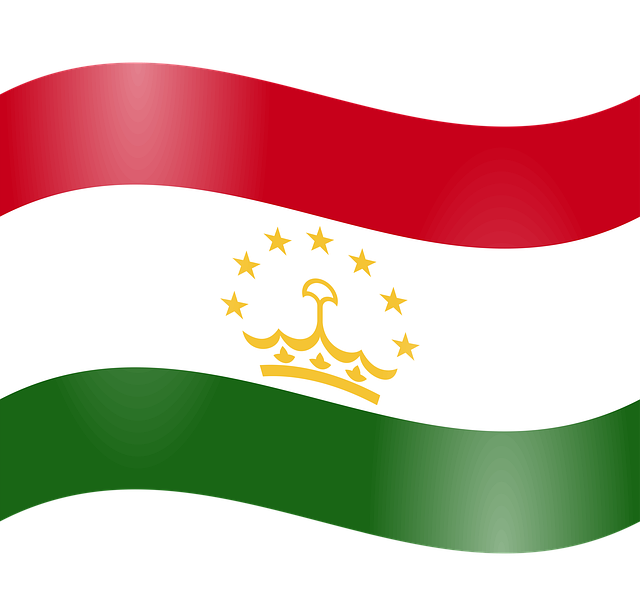By Tim Lambert
Early Tajikistan
During the Bronze Age, agriculture and trade flourished in what is now Tajikistan. People built the town of Sarazm. However, the written history of Tajikistan began in the 6th century BC when the Persians conquered the region. It was the first of many empires to rule Tajikistan.
The Persian Empire was destroyed by Alexander the Great in the 4th century, but after he died in 323 BC, his empire broke up. Later, Tajikistan became part of the Greco-Bactrian Empire, in Central Asia, founded in 256 BC and lasting until about 130 BC.
From the 1st century AD to the 3rd century, the Kushan Empire ruled Afghanistan and parts of India, and Tajikistan. However, in the 3rd century AD, the Sassanid Empire, based in Persia, became the new ruler of Central Asia.
Then, in the 8th century, the Arabs invaded. The Arabs brought Islam. In the 9th and 10th centuries, Tajikistan was part of the Samanid Empire, which ruled most of Central Asia. The culture of the Samanid Empire was Persian. During the Samanid rule, learning and the arts flourished in Tajikistan. The Samanid Empire fell at the end of the 10th century, but its legacy lived on.
However, in the 13th century, Tajikistan was conquered by the Mongols and became part of their empire. The Mongol Empire broke up after the death of its leader, Genghis Khan. However, in the late 14th century, Tajikistan was conquered by the great ruler, Timur AKA Tamerlane. Meanwhile Persian culture continued to flourish.
Modern Tajikistan
In the 19th century, Tajikistan became part of the Russian Empire. After the Communist Revolution of 1917, it became part of the Soviet Union. Under Communist rule, some industrialisation took place in Tajikistan. However, traditional culture was suppressed.
The Soviet Union broke up in 1991, and Tajikistan regained its independence. However, between 1992 and 1997, the country was torn by civil war. After it ended, Tajikistan gradually recovered.
Today, Tajikistan is a poor country. However, in the early 21st century, the economy of Tajikistan grew strongly, helped by remittances from workers abroad. Tajikistan also has mineral resources, including gold. In 2025, the population of Tajikistan was 10.7 million.

Last revised 2025